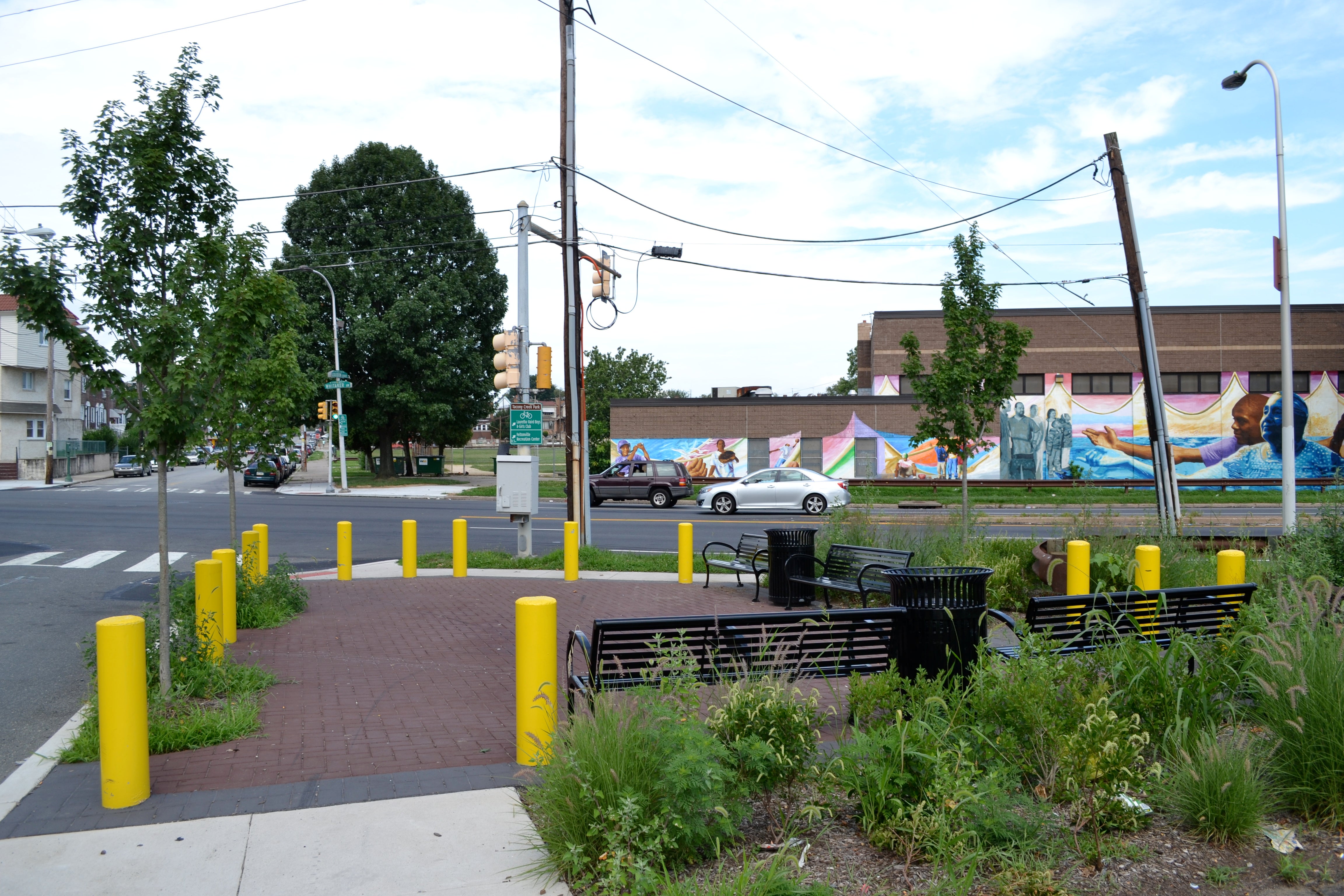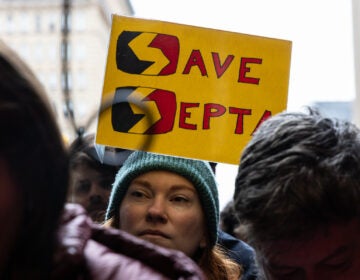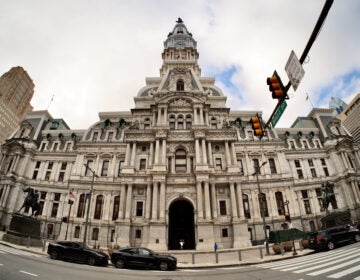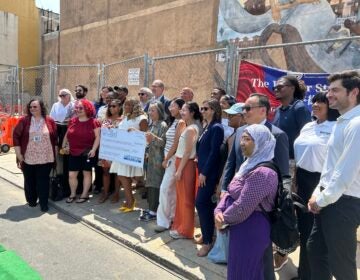April 13: Tacony waterfront trail | Developers revaluing public space | Hope for La Finquita

With Election Day right around the corner, the Inquirer editorial board says Philly’s Harrisburg delegation could use more competitive primaries. “These races could shake up the delegation a little, but there should be much more vigorous political competition in a city with Philadelphia’s diversity and challenges.”
Max Marin reports the Court of Common Pleas granted an emergency injunction to La Finquita, the 27-year-old South Kensington community farm that activists have been trying to secure land tenure for through adverse possession. For more background, read Ashley Hahn’s column on La Finquita.
Plans are moving forward for a pedestrian and bicycle connection to the Delaware River in Tacony, William Kenny reports. “If completed, the path would be the Tacony community’s direct tie-in with the K&T (Kensington and Tacony) Trail portion of the North Delaware Greenway.”
Public spaces like trails are an increasingly important amenity for residents, and the real estate industry is taking notice, says Melissa Romero, summarizing the findings of a new Urban Land Institute report. “In the old days, the walls of a building defined the space. Today, whether it’s residential or commercial, customers are looking far beyond the building’s walls,” says Jerry Sweeney, CEO of Brandywine Realty Trust. “What we’ve found is that access to public space is an incredibly important attribute that a lot of our residents or office tenants are looking for.”
Cities should look to food trucks to fill underutilized spaces, says Dan Keshet, “from dirt lots waiting on building permits to underused parking lots and plazas that have been mandated into place by city zoning rules.” Last year Councilman Mark Squilla introduced a blitz of food truck legislation, but the Mobile Food Association’s holy grail of curbside parking permits in the central business district remains elusive.
The Insurance Institute for Highway Safety is warning state lawmakers that increasing speed limits to 70 MPH on more state highways could lead to more fatal crashes. Of course, the issue has more to do with operating speeds than statutory speed limits. Roosevelt Boulevard, for instance, has speed limit signs ranging from 40-45 MPH, but its operating speed—the speed it feels natural to drive at—is substantially higher.
WHYY is your source for fact-based, in-depth journalism and information. As a nonprofit organization, we rely on financial support from readers like you. Please give today.






